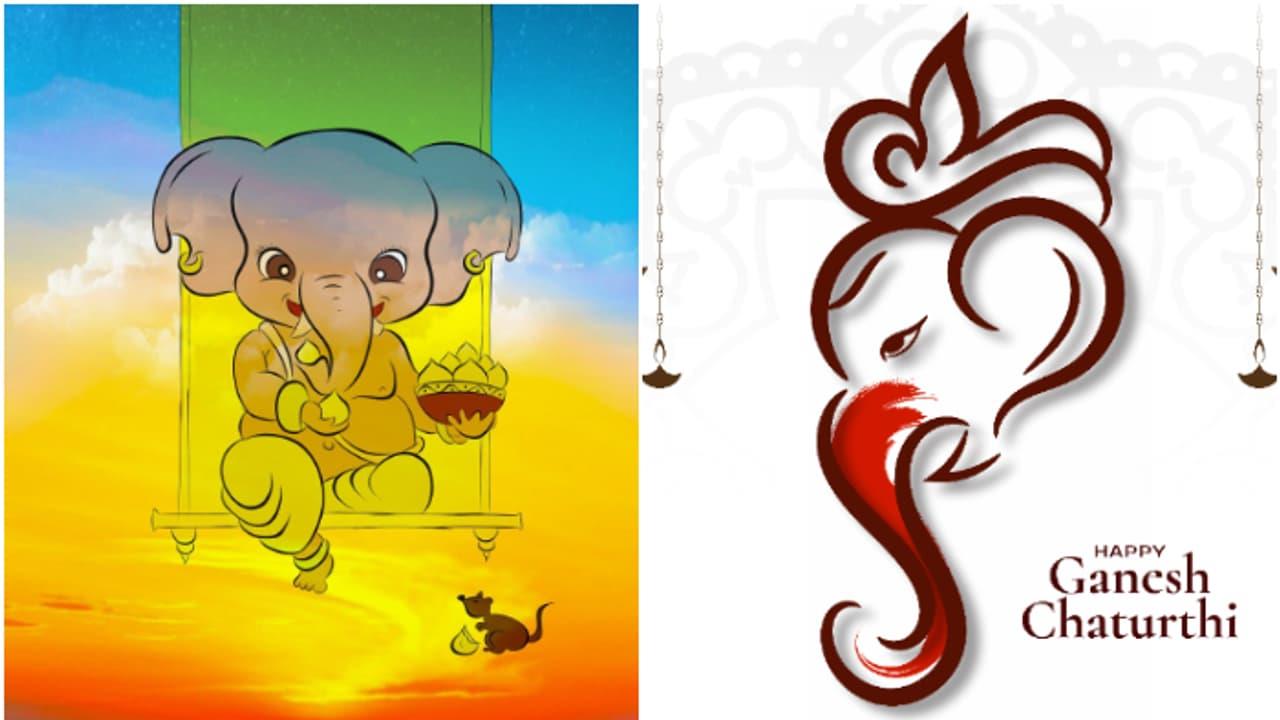
Ganesh Chaturthi 2025: Left Or Right Trunk Ganesha? Which One Should You Worship At Home
Ganesh Chaturthi 2025: Lord Ganesha's trunk holds deep meaning in Hinduism. Its direction-left, right, or straight-carries unique significance. Discover which form brings the most auspicious energy to your home
Lord Ganesha is one of the most revered and beloved deities in Hinduism. Known as the remover of obstacles and the god of new beginnings, he is traditionally worshipped before initiating any auspicious activity or praying to other deities. While most people easily recognize Ganesha by his elephant head and distinctive form, many are unaware that the direction of his trunk holds deep symbolic and spiritual meaning.
Why Is Ganesha's Trunk Important?
Ganesha's trunk is more than just a physical feature-it is rich with symbolic significance. It is believed to represent a portion of the sacred sound“Om,” which is the primordial sound of the universe. The flexibility and movement of his trunk reflect adaptability and intelligence-two traits essential for overcoming life's challenges.
Interestingly, Ganesha's trunk is often shown near a bowl of sweets, symbolizing his love for food. Spiritually, this indicates abundance and prosperity, suggesting that placing a Ganesha idol with his trunk near food can ensure a home never runs out of nourishment. His trunk is also seen as a tool to remove obstacles, making it a powerful symbol of progress, success, and transformation.
The Three Directions of Ganesha's Trunk
When you observe Ganesha idols, you'll notice that his trunk typically bends in one of three directions-left, right, or straight ahead. Each direction carries specific meanings and spiritual effects, making the choice of idol especially important depending on its intended place and purpose.
Ganesha with Right-Turned Trunk
An idol of Ganesha with the trunk turned to his right (your left when facing him) is known as Dakshina Murti. These forms are considered highly energetic and spiritually charged. It is believed that Surya Shakti (solar energy) resides in these idols, associated with the Pingala Nadi or Sun channel, symbolizing masculine energy, discipline, and intense power.
The right side is associated with the direction of Yamaloka (the realm of Yama, god of death), making the worship of this form more ritualistically demanding. Worshippers must follow strict Vedic rituals and discipline, as any mistake in prayer or offerings may have unintended consequences.
Due to the powerful energy of this form, such idols are more commonly found in temples rather than homes. However, when properly worshipped, this Ganesha can grant swift and powerful results, which is why he is often referred to as Siddhi Vinayaka, the granter of wishes and success. He is also believed to guide one towards moksha, or liberation from the cycle of birth and death.
Ganesha with Left-Turned Trunk
The most common and widely recommended form of Ganesha for home worship is the one with the trunk turned to his left (your right when facing him). Known as Vamamukhi Ganesha, this form embodies Chandra Shakti (lunar energy), associated with calmness, peace, and gentleness. It symbolizes the Ida Nadi, or Moon channel, which governs emotions, creativity, and nurturing.
This version of Ganesha brings relaxation, prosperity, and harmony into the home. He is easier to please and doesn't require overly strict rituals. Even if small errors are made in prayer, they are generally forgiven, making this form perfect for daily household worship.
A particularly auspicious version of this idol is the one with the trunk curled toward a sweet (like a modak or laddoo), symbolizing abundance and satisfaction. Placing such an idol in your home is said to attract wealth, good fortune, and positive energy, while also helping to resolve Vastu-related issues.
Ganesha with Straight Trunk
Though rare, some Ganesha idols feature a straight trunk, projecting outward in the center. This posture is considered extremely powerful and spiritually elevated. It symbolizes a state of perfect balance and represents the Sushumna Nadi, the central energy channel that aligns the mind and body for spiritual awakening.
Idols with a straight trunk are ideal for advanced spiritual practices and are typically placed in meditation spaces or temples, rather than homes. This form is not associated with material gain but with spiritual growth and inner clarity.
Which Ganesha Idol Is Best for Your Home?
For household worship, the left-trunk Ganesha is generally considered the most auspicious and safe choice. It promotes peace, prosperity, and emotional well-being. If you're seeking deeper spiritual growth and are prepared to follow Vedic guidelines with precision, then the right-trunk Ganesha may be suitable-but only with careful and correct rituals.
In all cases, it's important to place Ganesha with devotion and reverence, ensuring the idol is treated with respect and kept in a clean and sacred space in the home.
Legal Disclaimer:
MENAFN provides the
information “as is” without warranty of any kind. We do not accept
any responsibility or liability for the accuracy, content, images,
videos, licenses, completeness, legality, or reliability of the information
contained in this article. If you have any complaints or copyright
issues related to this article, kindly contact the provider above.


















Comments
No comment